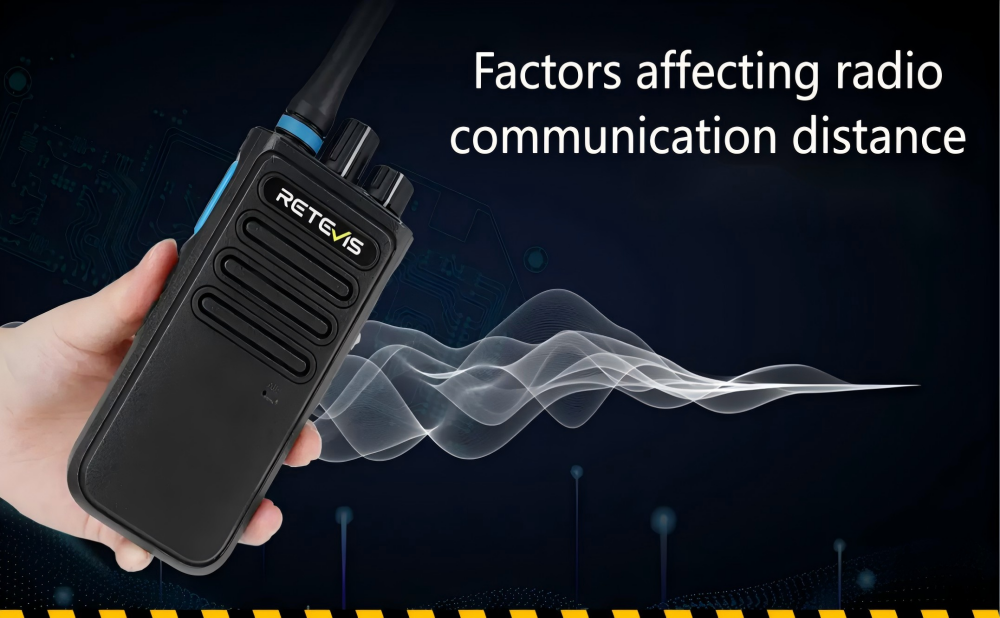Many new friends who have just started using walkie-talkies often have this question: How far is the communication distance of walkie-talkies? I think everyone has a different answer to this question. For example, under ideal conditions, the communication distance of professional walkie-talkies will be very long. But the actual communication distance is generally only between 0-10 kilometers. Why is this? Because the communication distance of walkie-talkies is affected by many factors. The factors affecting radios communication distance are mainly the following.
(1)The power of radio affects radios communication distance
When the same walkie-talkie transmits at the same frequency and environment, the greater the transmission power of the walkie-talkie,the longer the communication distance. The smaller the transmission power, the closer the communication distance.
(2) Factors affecting radios communication distance –Antenna
When the same walkie-talkies transmit at the same frequency, environment and settings, the walkie-talkie with a long antenna will have a longer transmission distance than the frequency of a short antenna.
High-gain antennas can increase signal strength and thus increase communication distance.
The call distance of a walkie-talkie is also affected by the antenna matching degree. Such as the antenna’s standing wave ratio at the center frequency is relatively low. Or the antenna gain is high within a certain frequency range.
(3) Factors affecting radios communication distance –Battery power
Battery power is one of the factors affecting radios communication distance. Because when the battery power is low, the transmission power and signal strength will be reduced, and the call distance will be limited.
(4) Frequency range
Walkie-talkies usually use VHF (ultra-high frequency) or UHF (ultra-high frequency) frequency bands. VHF signals propagate better in open areas. UHF signals have stronger penetration ability in buildings. If the usage scenario and frequency band do not match, it will also affect the communication distance of the walkie-talkie.
(5) Usage environment and interference sources.
The use environment of the walkie-talkie has a great impact. The signal propagates best in open areas. However, in places with complex terrain such as cities, densely built-up areas, mountains and forests, signal propagation will be hindered and the call distance will be shortened.
Similarly, surrounding wireless interference sources (such as other electronic devices, wireless networks, etc.) will also affect the call quality and distance of radios.
Although we can’t give a specific factor affect the communication distance of radios, we are also concerned about this issue. If you want to use the walkie-talkie in a building or city, I recommend you to use the retevis P1 long-distance high-power superheterodyne radio. The P1 walkie-talkie is also a DMR two-way walkie-talkie. Compared with traditional analog walkie-talkies, the talk time is longer and the sound is clearer.
If you want to use it in an open area such as a farm, you can also set up a repeater to extend the communication distance of the walkie-talkie. The Retevis Full Duplex Portable Repeater is rugged, waterproof and portable. It can be powered by DC12V~24V power supply, car power supply and solar cell, which is a very cost-effective product.For more information on how to customize the repeater frequency, please refer to this article:https://twowayradiocommunity.com/how-to-customize-the-repeater-frequency/
Views: 6

